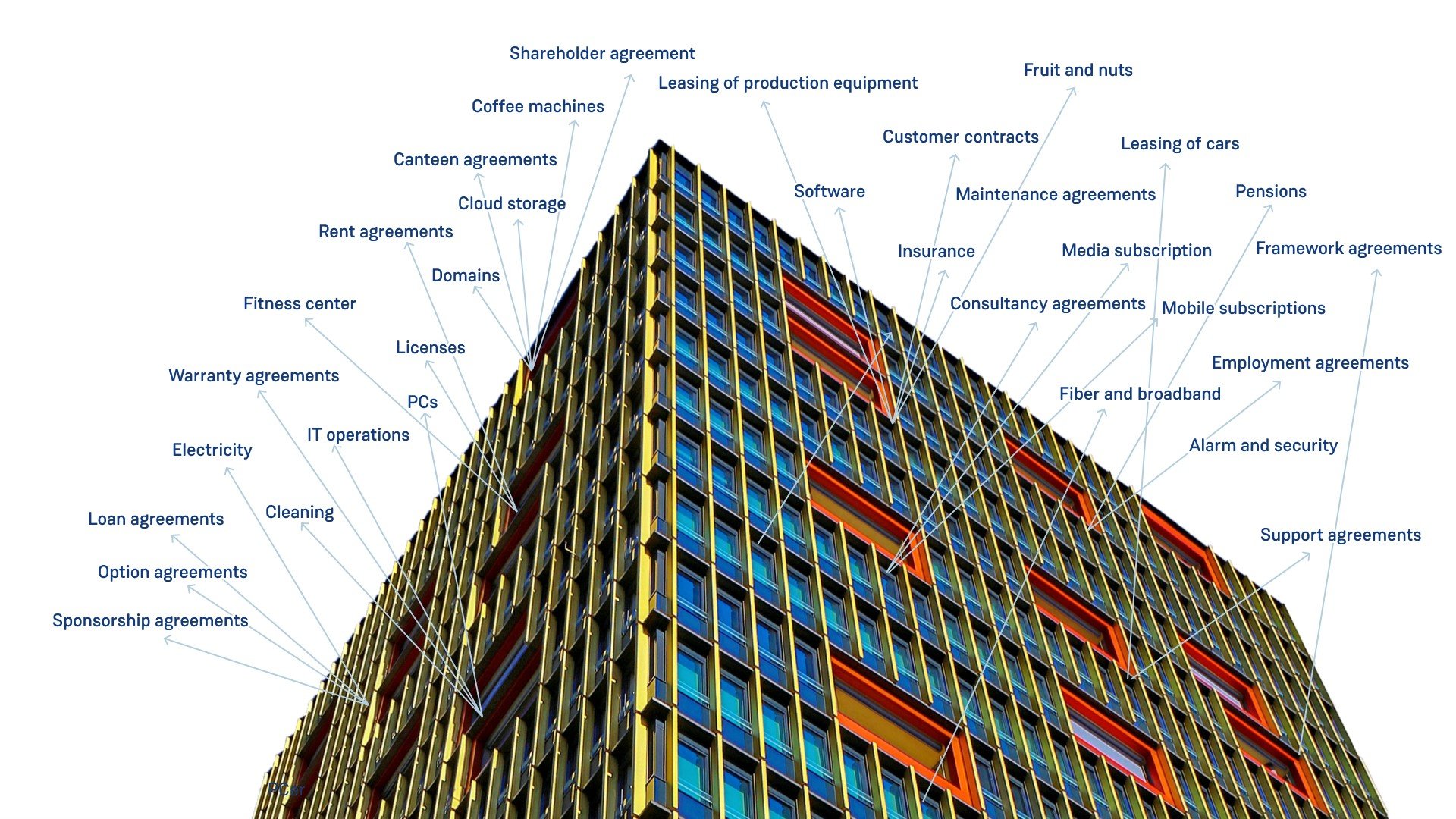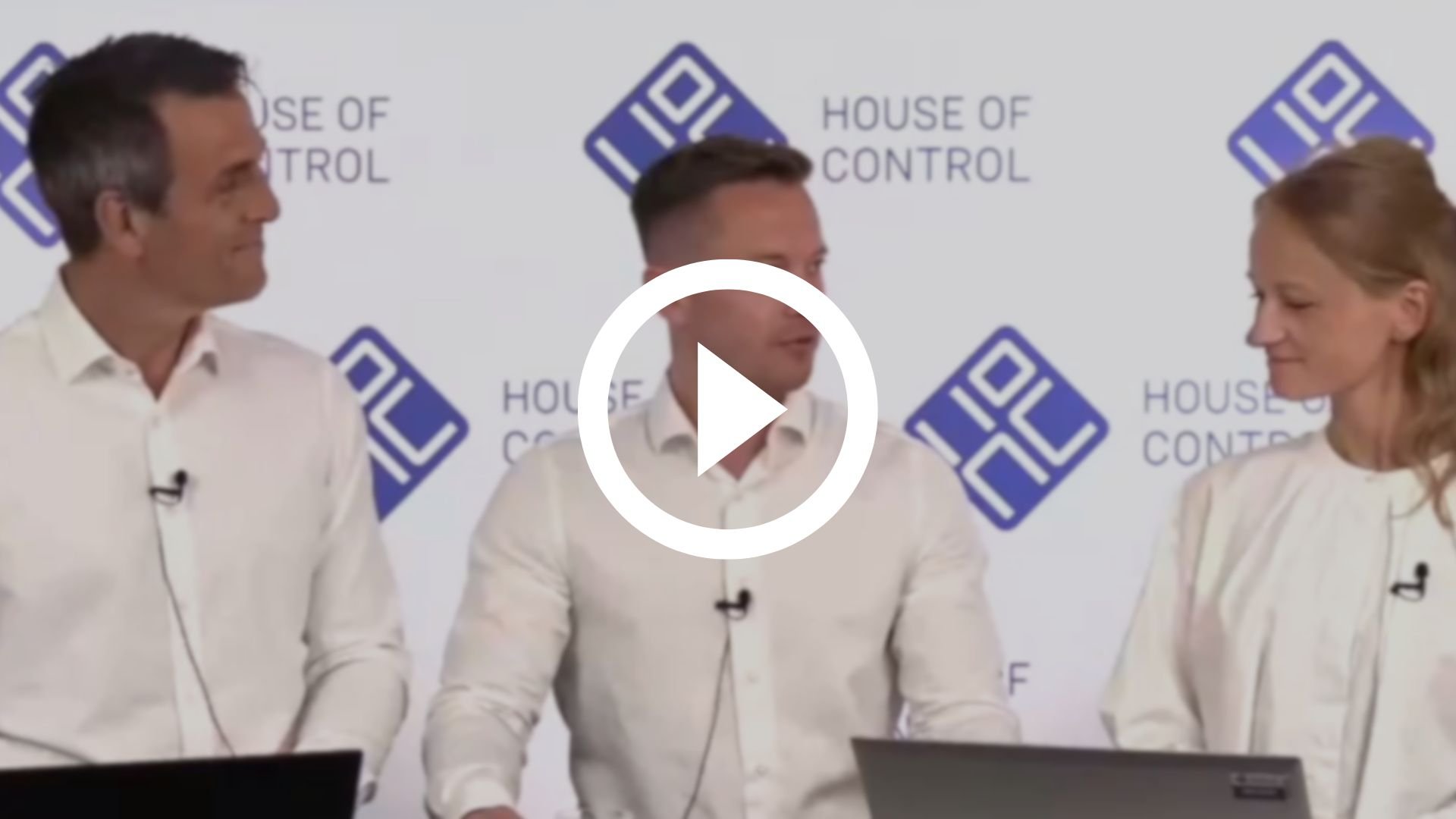Mastering IFRS 16 compliance: Overcoming data collection and management challenges
The challenges of IFRS 16 data collection and management are significant but manageable with the right approach and tools. We propose seven steps to ensure continuous compliance.
.png?width=1002&height=564&name=1%20(11).png)
The implementation of IFRS 16 has transformed the way companies recognize, measure, present, and disclose leases in their financial statements. While the standard brings transparency to lease obligations, it also introduces significant challenges in data collection and management. For Chief Financial Officers (CFOs), navigating these complexities is crucial for compliance and accurate financial reporting.
In this article, we delve into the primary challenges of IFRS 16 data collection and management and offer practical solutions to streamline the process.
The Challenge: Comprehensive lease data requirements
IFRS 16 requires detailed information about each lease agreement, including:
- Lease terms: Start and end dates, including any options for extension or termination.
- Payment schedules: Fixed and variable lease payments, incentives, and residual value guarantees.
- Lease components: Separation of lease and non-lease components within a contract.
- Discount rates: Incremental borrowing rates or interest rates implicit in the lease.
- Modifications and reassessments: Changes in lease terms or conditions over time.
- Lease options: Provisions within the agreement that grant the lessee the right to extend the lease term, terminate the lease early, or purchase the underlying asset.
- Price indices: When should lease prices be adjusted, and with which price index?
Gathering this comprehensive data from various departments – such as procurement, operations, and legal – and from legacy systems is time-consuming and prone to errors. Incomplete or inaccurate data can lead to non-compliance, financial misstatements, and potential regulatory penalties.
The challenges of IFRS 16 data collection and management are significant but manageable with the right approach and tools. Here are seven practical steps to overcome data collection and management challenges:
1. Centralize lease data management
Implement a centralized lease accounting software that consolidates all lease information into a single repository. This ensures consistency and accessibility across the organization.
Centralization has several benefits. Accuracy improves as it reduces manual data entry errors. It is more efficient as it streamlines data retrieval and reporting processes. Ensuring that all required data fields are captured for IFRS 16 reporting also improves compliance.
2. Conduct a comprehensive lease inventory
This is the most demanding part: Perform an organization-wide audit to identify all lease agreements, including embedded leases in service contracts. However, the benefits are real: It ensures no leases are overlooked, and it reduces the chance of non-compliance due to missing leases.
It is useful to divide the process into three steps. First, you need to establish cross-department collaboration to uncover leases that may not already have been recorded centrally. Then comes the document review where you scrutinize contracts for the above-mentioned lease components. Lastly, use technology to extract key terms and conditions from contracts.
3. Automate data collection processes
Now it’s time for data input, another potential labor intensive job. However, with smart contract capture, you can automate the extraction of lease data from documents. The benefits are obvious: You save time by speeding up the data collection process; you achieve greater consistency by standardizing data formats and thus reduce variability; and handling large volumes of leases efficiently scales better.
4. Establish robust routines and controls
Lease accounting is a never-ending job, and so is lease data management. To ensure continuous compliance, develop policies and procedures that govern lease data management, including regular reviews and updates.
Key controls are authorization protocols for data changes, system alerts for inconsistent or missing data (data validation checks), and periodic reconciliations where you compare lease data with financial records regularly. These controls help you maintain accuracy over time, and facilitates smoother external audits and reviews.
5. Train and educate stakeholders
The underlying assets of IFRS 16 leases are typically acquired and managed outside the finance department. To limit your own work load and get lease data input from the people who know the asset and the contract best, it useful to provide training sessions for all stakeholders involved in lease management, emphasizing the importance of IFRS 16 compliance.
Start by giving your colleagues an IFRS 16 overview, including key requirements and implications. Make data entry protocols specific and practical: Teach how to input and update lease information correctly. Also, clarify roles and responsibilities, including each department’s contribution to compliance. This will enhance awareness and promote a “compliance culture”. Also, with more education usually comes fewer errors.
6. Plan for ongoing maintenance and updates
Once you have trained your staff, establish a process for updating lease data as new agreements are signed, or existing ones are modified or terminated. Schedule periodic reviews of lease data, and set up mechanisms for departments to notify finance of lease changes.
7. Leverage reporting and analytics tools
Either you want to manage leases on a aggregate level or you want to drill down into each contract, you are looking for custom reports for your unique need, preferably with real-time data.
To this end, use advanced reporting features within lease accounting software to generate IFRS 16 compliant reports. This ensures all necessary disclosures are made while providing useful insights and visibility into lease portfolios and financial impacts.
Why specialized lease accounting software is essential
Implementing specialized lease accounting software is not just a convenience – it's a necessity for effective IFRS 16 compliance. Here's why:
- Regulatory compliance: Software solutions are updated regularly to reflect the latest IFRS 16 guidelines.
- Efficiency gains: Automation reduces manual workload, freeing up finance teams to focus on strategic tasks.
- Data accuracy: Minimizes errors through validation rules and standardized processes.
- Scalability: Accommodates growth in lease portfolios without a proportional increase in administrative burden.
- Audit trail: Maintains detailed records of all data inputs and changes, simplifying audits.
About House of Control
At House of Control, we specialize in providing comprehensive lease accounting software designed to simplify IFRS 16 compliance. Our solution integrates seamlessly with your existing systems, offering automation, accuracy, and real-time reporting capabilities.
Contact us today to learn how we can help your organization master IFRS 16 reporting with confidence.





